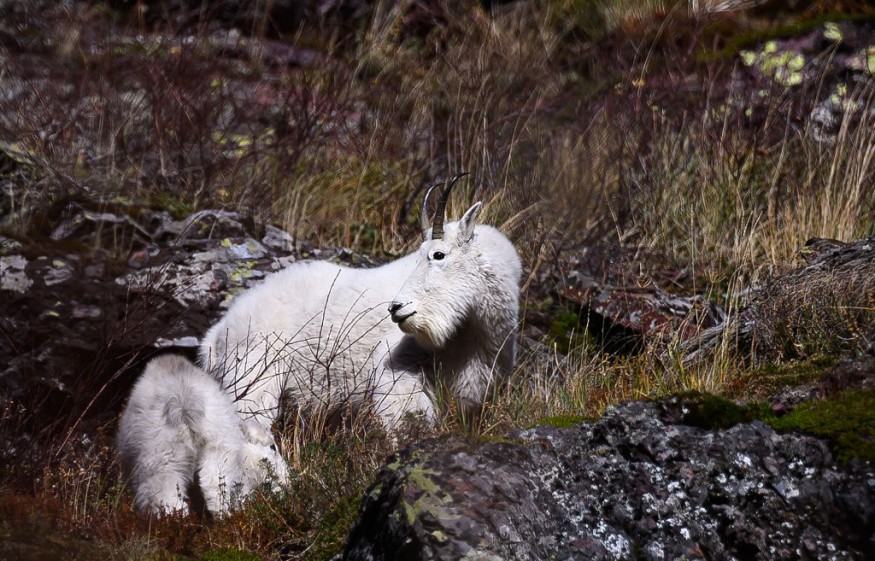Scientists discovered that global warming is forcing mountain goats to adopt a more nocturnal lifestyle, which may expose them to more predators.
From 2006 to 2019, a team of researchers from the University of Sassari in Sardinia utilized GPS collars connected with motion sensors to track the behavior of the Alpine ibex, a species of mountain goat, between the months of May and October.
Foraging at Night

The study analyzed the ibex's nocturnal activity in two European national parks, Italy's Gran Paradiso National Park and Switzerland's Swiss National Park, and discovered that it was more active in regions with more night-time predators.
The behavior change can be ascribed to heightened "heat stress," according to Francesca Brivio, one of the study's co-authors. While goats are normally diurnal, warmer temperatures throughout the day require them to spend more energy hunting for food.
They can save energy by foraging at night, but this comes with additional concerns.
The study, which took place among scientists, revealed one of its findings: they expected the species to be less active at night in regions where wolves, nocturnal predators, are active. But that was not the case.
"We conjecture that for ibex, it is more important to avoid the heat stress rather than avoid predation risk," Brivio said.
Population Dynamics
Increased nocturnal activity among Alpine ibex may have an impact on population dynamics.
Experts said being active at night is presumably more difficult for these creatures because they are used to diurnal activity.
Their movement on the rocky slopes where they live is likely more difficult, potentially making foraging efficiency and techniques less effective. Although we did not collect data on this, we may speculate that their ability to acquire food will be reduced during the night, which will have implications for fitness and population dynamics.
"A shift towards nocturnal activity will also increase their overlap with night-time predators; that again has consequences on population dynamics," said Brivio.
Increased nocturnal activity among animals in response to heat stress caused by global warming may have long-term implications for how animals are recorded.
Furthermore, the impact on mountain goats demonstrates the rapid rate at which climate change is harming biodiversity. It emphasizes the critical need for broad, proactive steps to mitigate these impacts. Conservation efforts must be more dynamic, taking into account both ecosystem preservation and species behavioral adaptations.
Their findings are not the first to show how animals are responding to rising global temperatures.
As global warming and human activity push some species toward nocturnal behavior, the study's authors emphasized the importance of modifying present management and conservation techniques.
According to Brivio, a census that counts the number of Ibex in protected regions is only conducted at twilight and dawn.
This increasing nighttime activity necessitates the development of new procedures to allow park rangers to accurately assess animal populations. She believes it could also be beneficial to keep tourists away from regions where ibex rely heavily on foraging.
© 2025 NatureWorldNews.com All rights reserved. Do not reproduce without permission.





